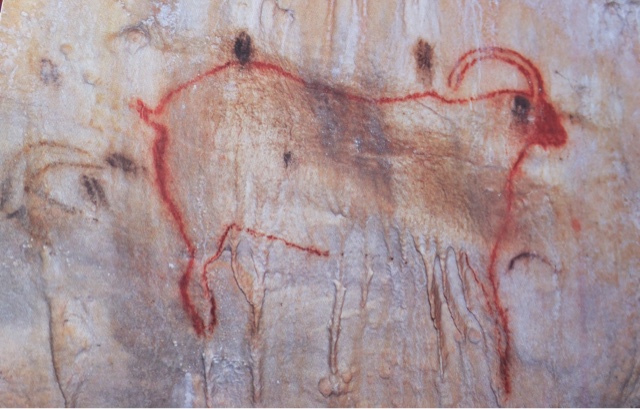We snuck a peek in the misty distance as we drove in to our B&B in Avranches:
The next day we joined the masses making their way to the island* on the wide causeway. As you draw nearer, the words tumble out: spectacular, awe-inspring, fantastic, down to the mundane wow.
The climb to the top was not as difficult as the guide books had claimed and we went right to the top where the views were extraordinary. There was an island in the distance, and streams of the devoted were walking across the sand at low tide as a pilgrimage.
My favourite place on the Mont was the serene cloister
If I had an official bucket list, Mont St. Michel would have been on it. It didn't disappoint. A wonderful day.
* The logistics of the whole visit were amazing. We were directed to a very large parking lot - number 6 of 13 - and walked over to the shuttle bus stop for the ride to the island. The bus was so clever - there was a driver seat in the front AND the back. Rather than using space for turning these buses, the driver just walks around to the other end to drive the other direction!
You get dropped on the causeway, for a remarkable walk over to Mont St. Michel, with your eyes riveted to the island.
You pay your parking ticket on the way out, and off you go. There seemed to be hordes of people, but except for the narrow street at the start of the climb, it didn't feel crowded at all. The site is that huge. Of course we were there in a low season. . . But still, it was so smooth.

















































